Last updated on
Discover the common reasons behind your kitchen sink constantly backing up and learn effective solutions to tackle this pesky problem.
Have you ever experienced the frustration of a clogged kitchen sink? You’re not alone. It’s a common problem that many homeowners face, and it can be caused by a variety of factors.
From grease buildup to foreign objects getting stuck in the pipes, there are several reasons why your kitchen sink keeps backing up. In this article, we’ll explore some of the most common causes and offer tips on how to prevent this pesky problem from happening in the future.
So grab a cup of coffee and let’s dive into the world of plumbing!
What's Inside
Common Causes of Kitchen Sink Backups
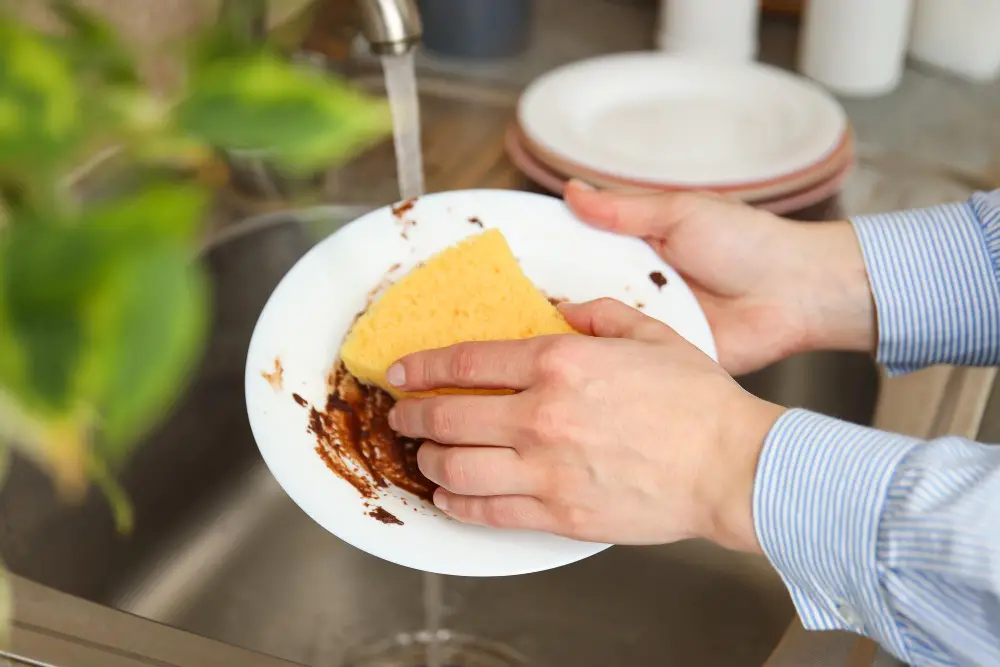
One of the most common causes of kitchen sink backups is food particles and other debris getting stuck in the drain. This can happen when you rinse dishes or wash your hands, and small bits of food end up going down the drain.
Over time, these particles can accumulate and create a blockage that prevents water from flowing freely through your pipes.
Another culprit behind kitchen sink backups is grease buildup. When you pour cooking oil or grease down your drain, it may seem like it’s disappearing into oblivion – but in reality, it’s just coating the inside of your pipes with a sticky residue that traps other debris as well.
Coffee grounds are another item to watch out for when using your kitchen sink. They don’t dissolve easily in water and tend to clump together over time which leads to clogs.
Dish soap may also contribute to clogging issues if used excessively since too much soap creates suds which build up within plumbing lines causing blockages.
Food Particles and Sink Blockage
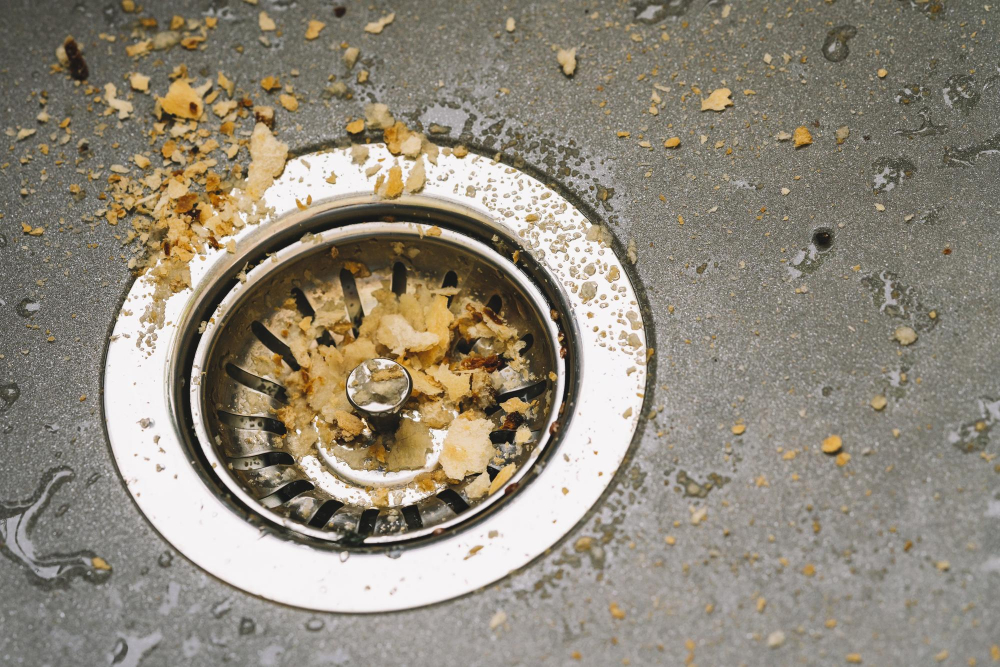
It’s easy to let small bits of food slip down the drain while washing dishes, but over time, these particles can accumulate and cause a clog. The best way to prevent this is by using a strainer or stopper in your sink drain to catch any food scraps before they go down the pipes.
If you already have a clogged kitchen sink due to food particle buildup, there are several DIY solutions that you can try before calling in professional help. One popular method is pouring boiling water down the drain followed by baking soda and vinegar mixture which will break up any grease or grime that may be causing blockages.
Another effective solution involves using a plunger specifically designed for sinks rather than toilets as it creates more suction power when used on flat surfaces like sinks. If none of these methods work, it may be time to call in an expert plumber who has specialized tools such as hydro-jetting equipment capable of blasting away even stubborn debris from your pipes.
Grease and Oil Buildup
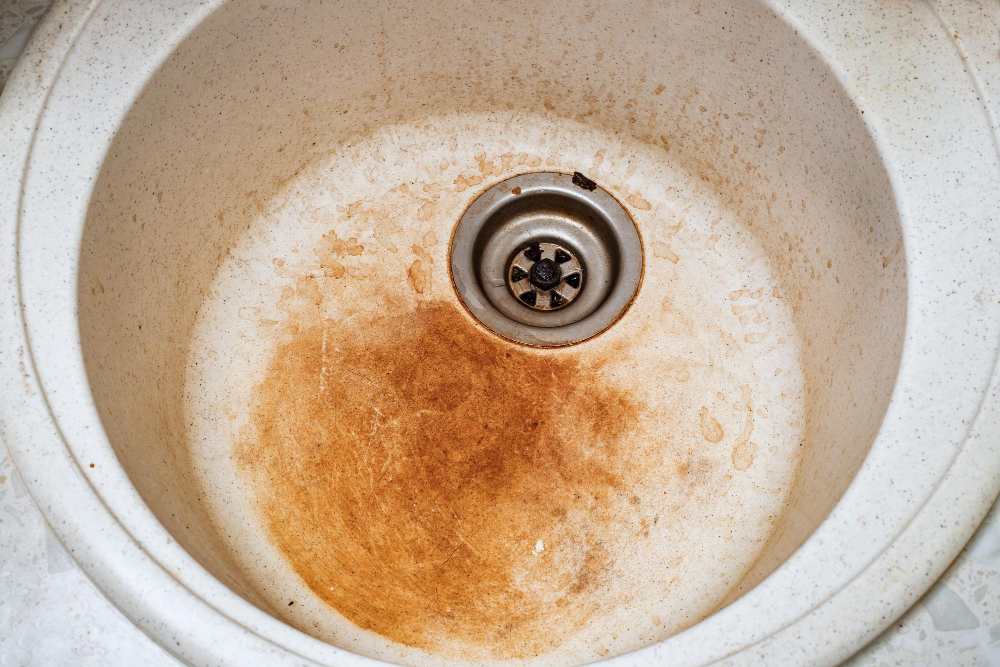
When you pour hot grease or oil down your drain, it can solidify as it cools, creating a blockage in your pipes. Over time, this buildup can become so severe that water cannot pass through the pipes at all.
To prevent this from happening, avoid pouring any type of cooking fat or oil down your drain. Instead, let them cool in a container before disposing of them in the trash.
You should also wipe greasy pans with paper towels before washing them to remove excess oils.
If you already have a grease buildup problem causing sink clogs, there are several solutions available to help clear out the blockage. One option is using baking soda and vinegar solution poured into the drain followed by boiling water after 15 minutes; another method involves using commercial enzyme-based cleaners designed specifically for breaking up organic matter like fats and oils.
Coffee Grounds and Drain Problems
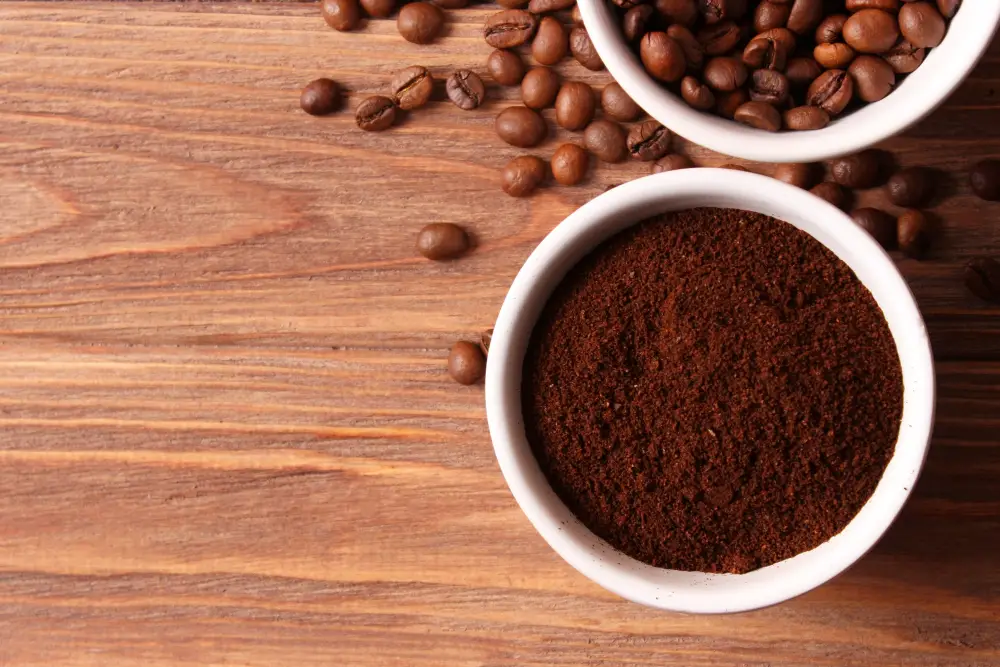
While they may seem harmless, coffee grounds can accumulate in your pipes and create blockages over time. When you pour coffee down the drain, the hot water can cause the oils in the beans to solidify and stick to your pipes’ walls.
To prevent this from happening, avoid pouring coffee grounds down your sink altogether. Instead, dispose of them in a compost bin or trashcan.
If you accidentally spill some coffee grinds into your sink while making a fresh pot of joe, be sure to run plenty of hot water immediately afterward. This will help flush any remaining particles out of your plumbing system before they have a chance to settle and cause problems later on.
Dish Soap and Sink Clogs
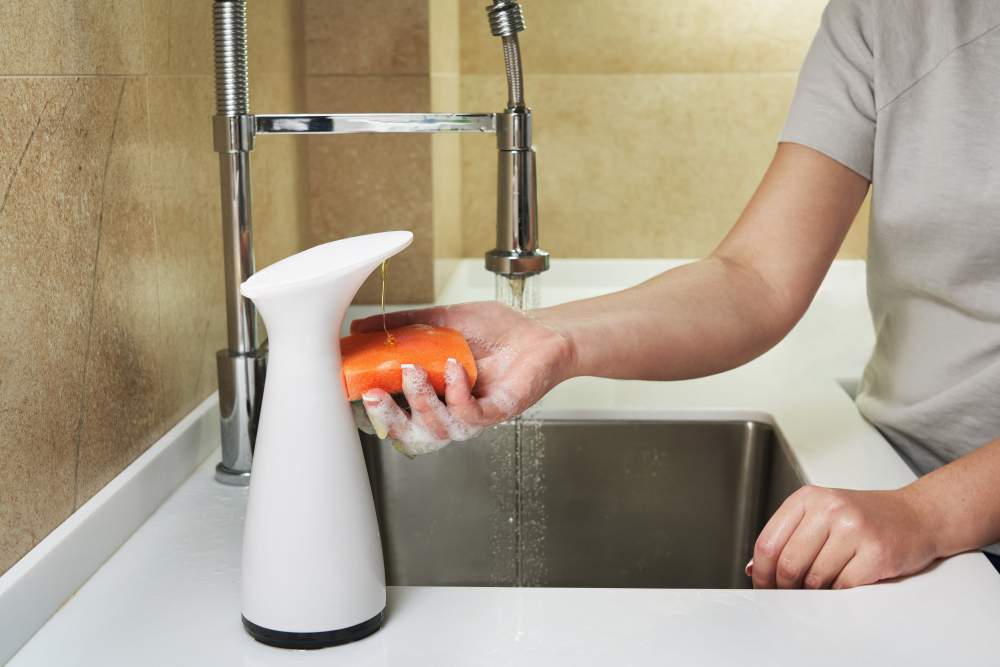
While it’s designed to clean dishes, too much of it can cause buildup in your pipes over time. This is especially true if you use a lot of hot water when washing dishes.
To prevent this from happening, try using less dish soap when washing your dishes. You may also want to consider switching to a low-sudsing formula that won’t create as many bubbles.
If you’re already dealing with a sink clog caused by dish soap buildup, there are several DIY solutions you can try before calling in the professionals. One popular method involves pouring boiling water down the drain followed by baking soda and vinegar mixture.
However, if these methods don’t work or if the problem persists despite repeated attempts at unclogging the drain yourself then it’s best to call an experienced plumber who will have specialized tools for clearing out stubborn blockages without damaging your plumbing system further.
Inadequate Water Flow
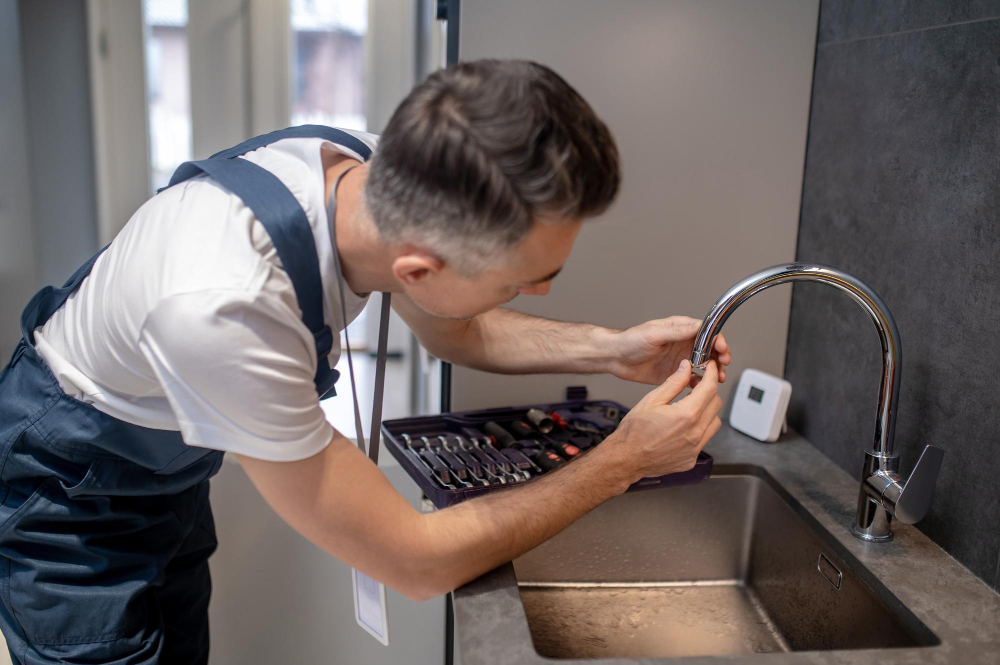
If your sink isn’t draining properly, it could be due to a lack of water pressure. This can happen if there’s a blockage in the pipes or if the aerator on your faucet is clogged with mineral deposits.
To check for low water pressure, turn on another faucet in your home and see if it has the same problem. If so, you may need to call a plumber to investigate further.
If only one faucet has low pressure, try cleaning out its aerator by unscrewing it from the spout and soaking it overnight in vinegar or using an old toothbrush to scrub away any buildup.
Garbage Disposal Issues
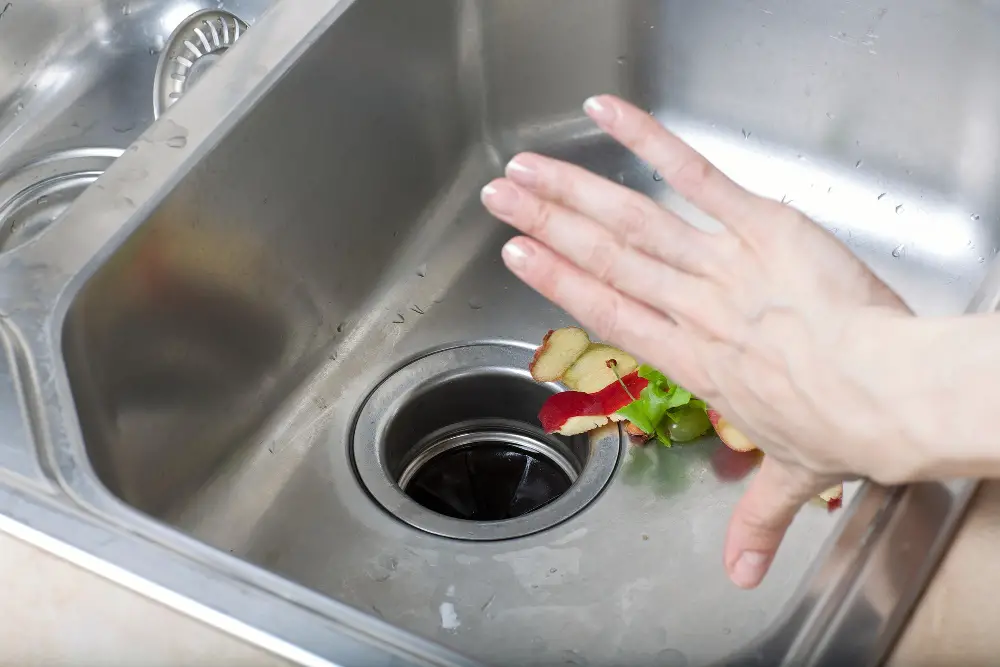
They can also be a common cause of kitchen sink backups if not used properly. One issue with garbage disposals is overloading them with food waste or non-food items such as plastic utensils or bottle caps.
This can cause the disposal to jam and prevent it from grinding up food particles properly.
Another problem could be due to dull blades in the garbage disposal unit which may struggle to grind down larger pieces of food, leading to clogs in your pipes.
If you’re experiencing issues with your garbage disposal causing frequent sink backups, there are some steps you can take before calling a professional plumber. First off, try resetting the unit by turning off its power source and pressing the reset button on its underside for about 10 seconds before turning it back on again.
You should also avoid putting certain foods down your drain like fibrous vegetables (e.g., celery), eggshells or coffee grounds which tend not only damage but also clog up your plumbing system over time.
Resetting the Garbage Disposal
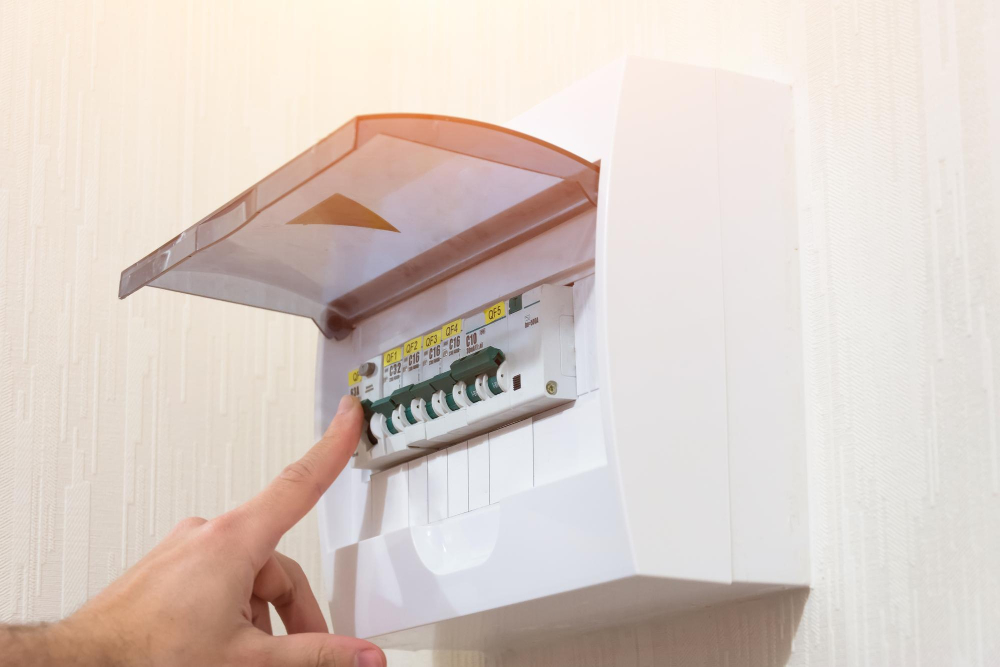
Sometimes, all that’s needed is a simple reset to get things back up and running again. Here are the steps for resetting your garbage disposal:
1. Turn off the power: Before attempting any repairs or maintenance on your garbage disposal, make sure that you turn off its power source by unplugging it from its outlet or turning off its circuit breaker.
2. Locate the Reset Button: Look for a small red button located at the bottom of your unit.
3. Press and Hold Down The Reset Button: Use a long object like an Allen wrench or screwdriver to press down on this button firmly until you feel resistance.
4.Turn On The Power Source Again: Once done with pressing down on this button hold onto position while turning back on either plug-in cord into electrical socket or flipping switch in circuit breaker box which controls electricity flow through wires leading towards device itself; then release pressure applied earlier so as not cause damage due excessive force being exerted against internal components within machine during start-up process.
By following these simple steps, you can easily reset your garbage disposal and avoid costly repairs in case of minor issues such as jamming caused by foreign objects getting stuck inside blades etc.
Damaged or Clogged Pipes
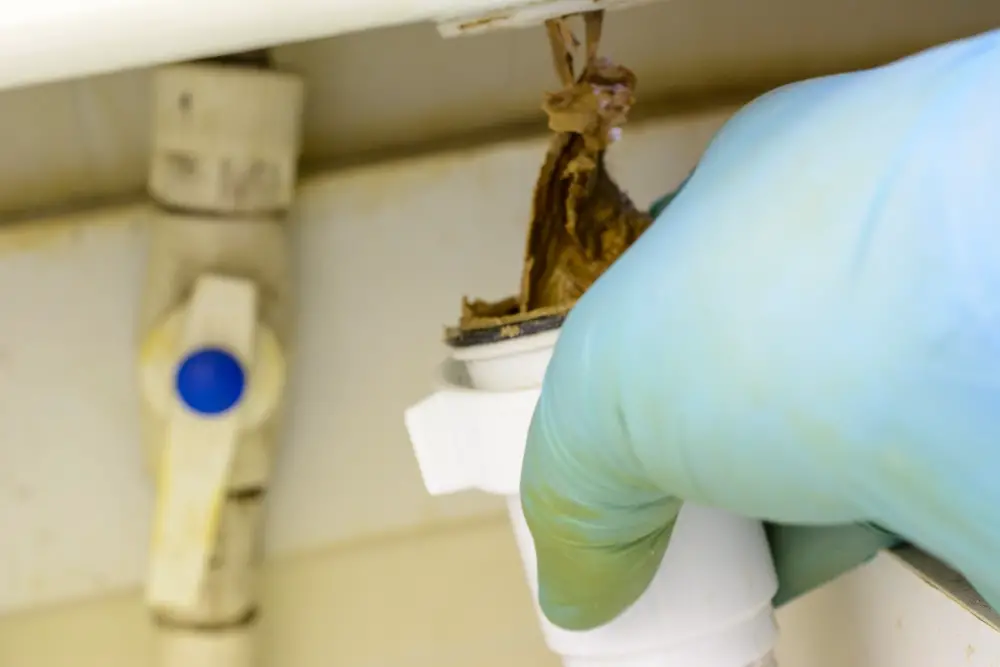
Over time, pipes can become corroded and develop cracks, allowing debris to accumulate and block the flow of water. Tree roots can grow into sewer lines and cause significant damage that requires professional attention.
If you suspect that your pipes are damaged or clogged, it’s important to address the issue as soon as possible before it leads to more serious problems like burst pipes or flooding. A plumber will be able to assess the situation and determine if repairs are necessary.
In some cases, a simple drain cleaning may be all that’s needed to clear out any obstructions in your plumbing system. However, if there is significant damage present in your piping system then replacement may be required.
Incorrect Plumbing and Venting

If your pipes are not installed correctly, or if there is a problem with the vent system, it can lead to slow drainage or complete blockage. This issue can be particularly frustrating because it may require professional help to fix.
Plumbing problems often arise when homeowners attempt DIY repairs without proper knowledge or experience. For example, using the wrong type of pipe material for your plumbing system could result in corrosion over time that leads to leaks and clogs.
Venting issues occur when air cannot properly flow through the drainpipes due to obstructions such as debris buildup or animal nests. Without adequate ventilation, water will not drain efficiently from sinks and other fixtures in your home.
If you suspect that incorrect plumbing or venting might be causing your kitchen sink backup woes, it’s best to call a licensed plumber who has experience dealing with these types of issues.
Tree Roots in Sewer Lines
This can happen when trees are planted too close to your home’s plumbing system, and their roots start to infiltrate the pipes. Over time, these roots can cause significant damage to your sewer line, leading to blockages and even complete pipe failure.
If you suspect that tree roots may be causing your kitchen sink backup issues, it’s important to call a professional plumber right away. They will be able to use specialized equipment like video cameras and hydro jetting machines that can help identify where the problem lies within your plumbing system.
In some cases, removing tree roots from sewer lines may require excavation or even replacement of damaged pipes. While this may seem like an expensive solution upfront, it could save you money in the long run by preventing further damage down the road.
To prevent future problems with tree root infiltration into your plumbing system:
- Avoid planting trees near underground utility lines
- Have a professional inspect any existing trees near utility lines
- Regularly maintain healthy root growth through proper watering techniques
Vent Pipe Obstructions
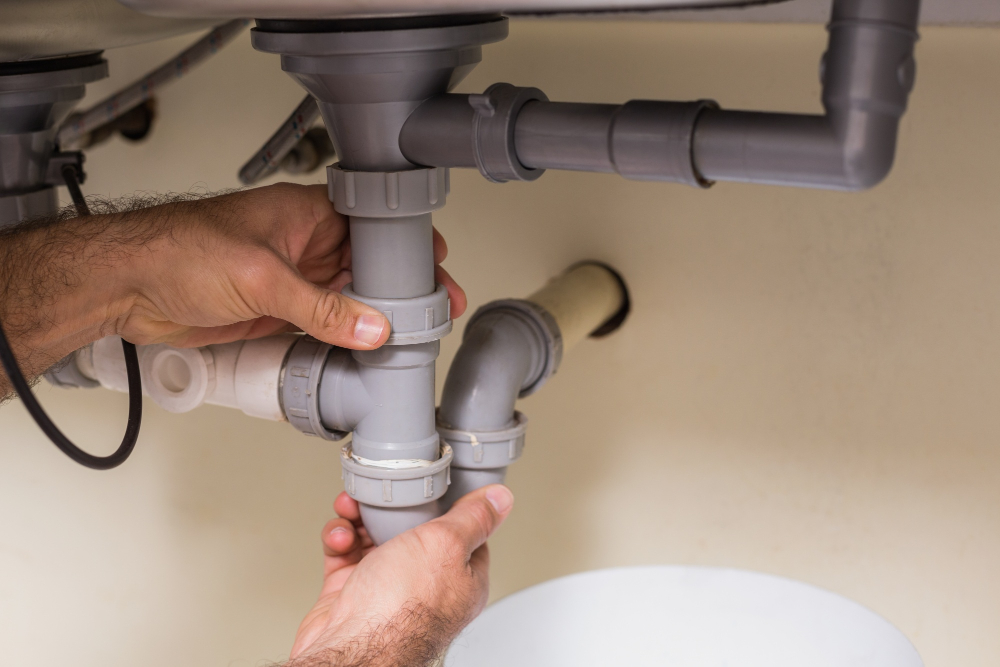
The vent pipe is responsible for allowing air to flow through the plumbing system, which helps water move freely down the drain. If this pipe becomes obstructed, it can lead to slow drainage and even complete blockages in your sink.
One way to identify if you have a blocked vent pipe is by checking other fixtures in your home. If you notice that multiple drains are backing up at once or gurgling sounds coming from different pipes when using one fixture, then there’s likely an issue with the main sewer line or ventilation system.
To fix this problem, try clearing out any debris that may be blocking the vent stack on your roof using a plumber’s snake or high-pressure water jetting equipment. It’s important not to attempt climbing onto roofs without proper safety gear and training as it could result in serious injury.
If DIY methods don’t work for unblocking vents pipes then calling professional plumbers would be necessary as they have specialized tools like video cameras that can help them locate obstructions within walls and underground piping systems quickly.
Issues With the Dishwasher

If your dishwasher is not draining properly, it could cause water to back up into the sink. This problem can occur due to several reasons such as clogged filters or drain hoses, damaged pumps or motors, and even issues with the garbage disposal.
To prevent this from happening in your home, make sure you’re running hot water before starting your dishwasher cycle. This will help break down any grease buildup that may have accumulated in the pipes and prevent blockages from forming.
Check for any visible signs of damage on both your dishwasher and garbage disposal unit regularly.
Main Drain Line Problems
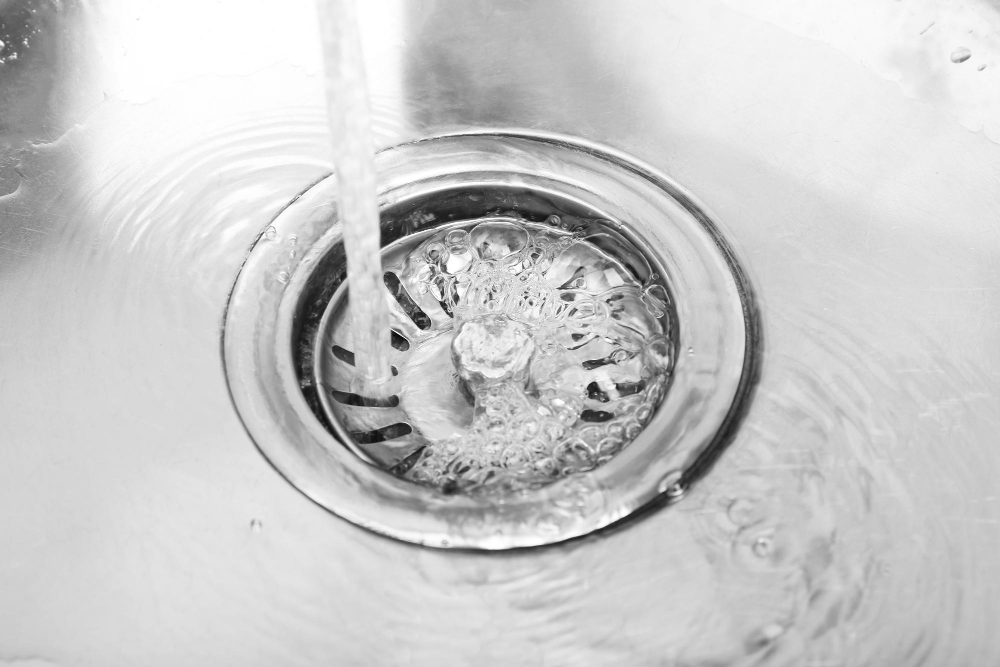
The main drain line is responsible for carrying wastewater from all of the drains in your home to the sewer or septic system. If this line becomes clogged or damaged, it can cause backups in multiple areas of your home, including the kitchen sink.
Some signs that you may have a problem with your main drain line include slow draining sinks throughout the house, gurgling sounds coming from pipes when water is running down them and sewage smells emanating from drains.
DIY Solutions for Clogged Sinks
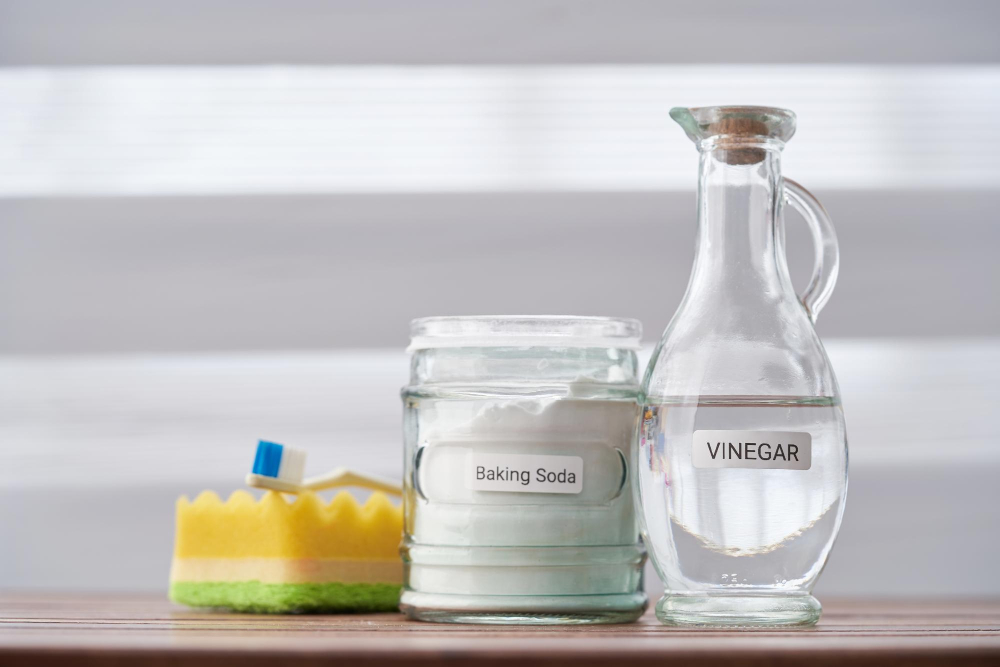
One of the most popular methods is using baking soda and vinegar. Simply pour half a cup of baking soda down the drain, followed by half a cup of white vinegar.
Cover the drain with a cloth or stopper to prevent any fizzing from escaping and let it sit for about 30 minutes before flushing it out with hot water.
Another effective method is using a sink plunger to dislodge any stubborn debris in your pipes. Fill up your sink halfway with warm water and place the plunger over the drain opening, making sure there’s enough suction to create pressure when you plunge up and down vigorously.
Regular maintenance can also go along way in preventing future clogs from happening again; cleaning out your plumbing assembly every few months will keep things flowing smoothly.
Unclogging With Baking Soda and Vinegar
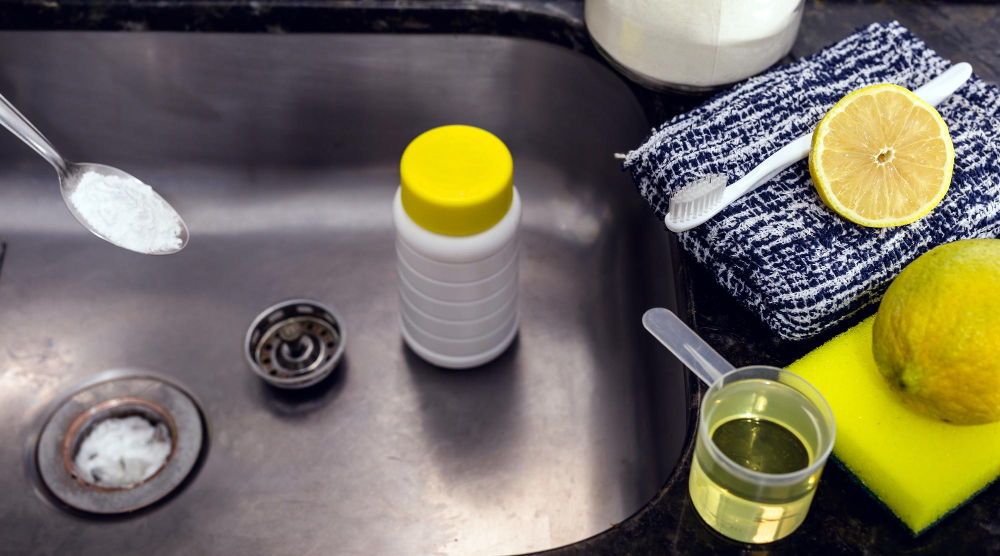
This method works by creating a chemical reaction that helps break down any blockages in the pipes.
To start, pour one cup of baking soda down your drain followed by one cup of white vinegar. Cover the drain with a plug or cloth to prevent any fizzing from escaping.
Let it sit for about 30 minutes before flushing it out with hot water.
This technique can be repeated as many times as necessary until you see an improvement in your sink’s drainage system. However, keep in mind that this solution may not work if there is severe damage to your plumbing or if foreign objects are stuck inside.
While this method can be effective, prevention is always better than cure when it comes to clogged sinks. Regularly cleaning out food particles and grease buildup from your drains can help prevent future blockages from occurring altogether.
Using a Sink Plunger
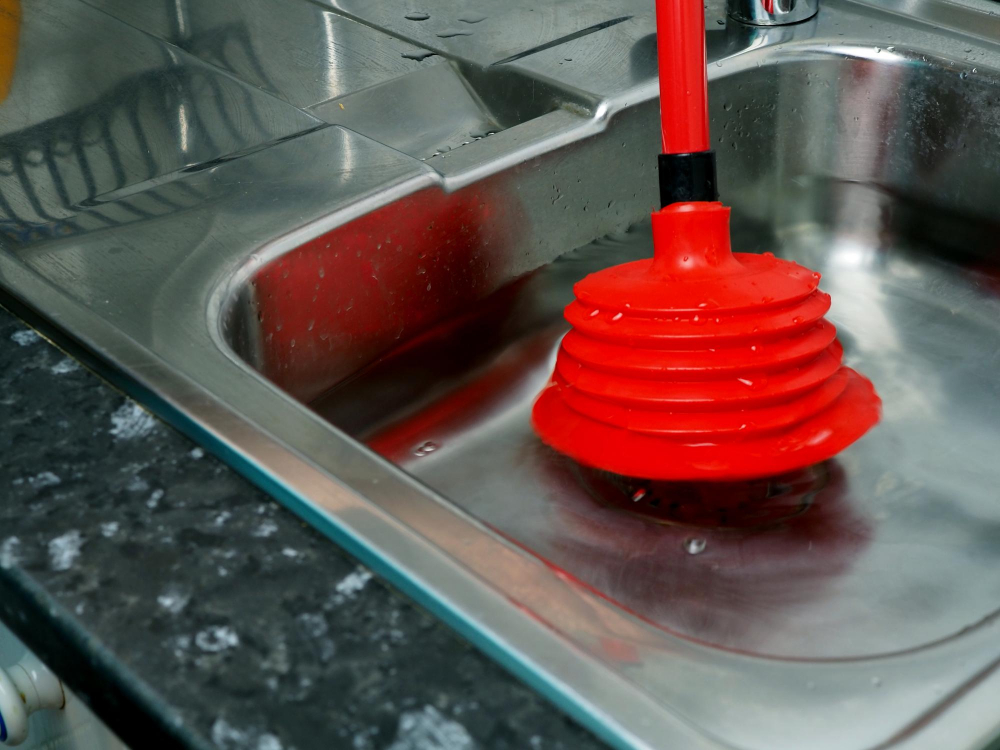
This tool works by creating suction that dislodges the blockage and allows water to flow freely through the pipes.
To use a sink plunger, start by filling your sink with enough water to cover the rubber part of the plunger. Then place it over the drain and push down gently but firmly until you feel resistance.
Pull up quickly to create suction, then repeat this motion several times until you see water draining from your sink.
If this method doesn’t work on its own, try combining it with other DIY solutions like baking soda and vinegar or boiling hot water for added effectiveness.
Remember that while plunging may seem like an easy fix for clogged sinks, it’s important not to overdo it as excessive force can damage your plumbing system.
Regular Maintenance for Drain Health
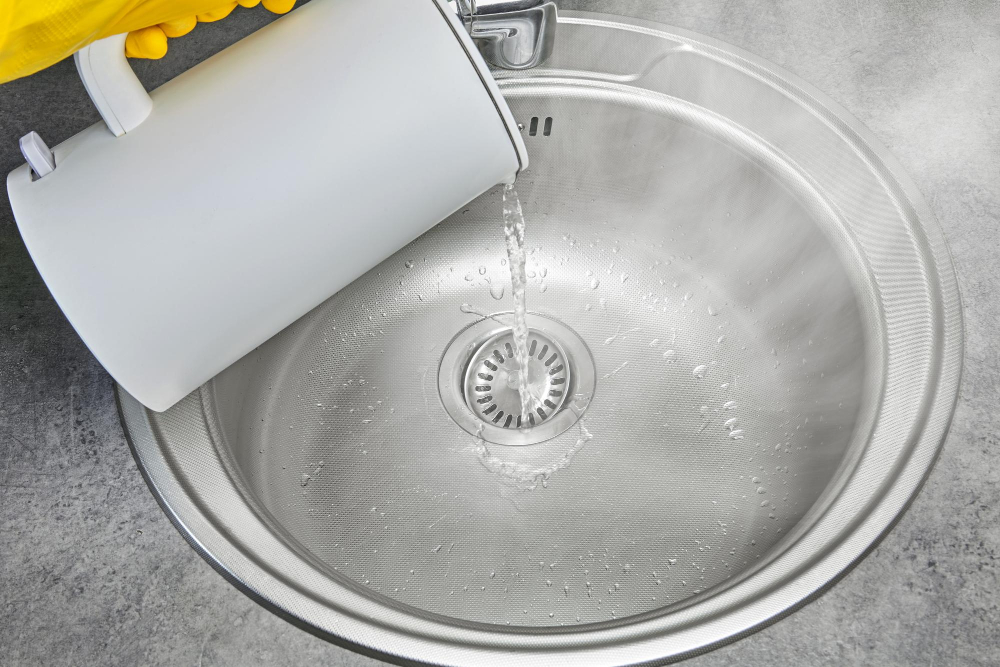
Regular maintenance can help keep your drain healthy and prevent clogs from forming in the first place. One of the easiest ways to maintain a clean drain is by pouring boiling water down it once a week.
This helps dissolve any grease or oil buildup that may have accumulated over time.
Another effective method is using baking soda and vinegar to unclog drains naturally. Simply pour half a cup of baking soda followed by half a cup of white vinegar down the drain, cover it with a cloth or stopper, let it sit for 30 minutes, then flush with hot water.
You can also use commercial cleaning products specifically designed for clearing out drains if you prefer not to use natural remedies.
In addition to these methods, make sure you’re disposing of food scraps properly – avoid putting fibrous foods like celery or potato peels into your garbage disposal as they tend to get tangled up in blades causing blockages further down the line.
Cleaning the Plumbing Assembly
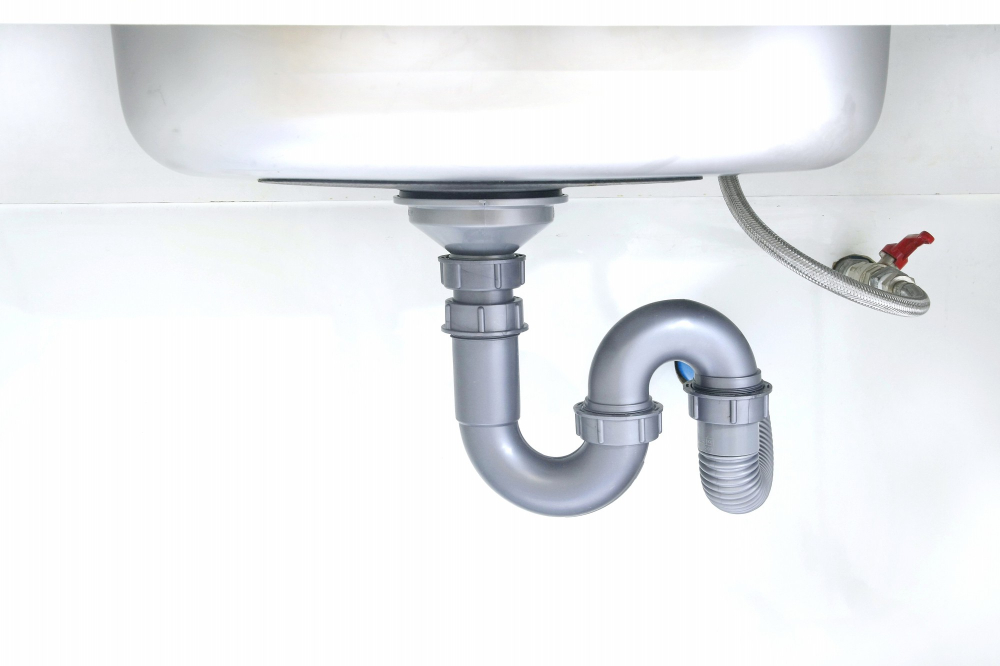
This includes removing and cleaning out the P-trap, which is a curved pipe located under your sink that traps debris and prevents it from entering your main drain line.
To clean the P-trap, first turn off both hot and cold water supply valves underneath or behind your sink. Place a bucket or container beneath the trap to catch any water that may spill out during removal.
Next, use pliers or a wrench to loosen and remove each nut connecting the trap assembly together. Once removed, you can easily access any debris trapped inside with gloves on hand for safety purposes.
Clean all parts thoroughly using warm soapy water before reassembling them back in place tightly but not too tight as this could cause leaks later on down-the-line if over-tightened.
Checking the Garbage Disposal
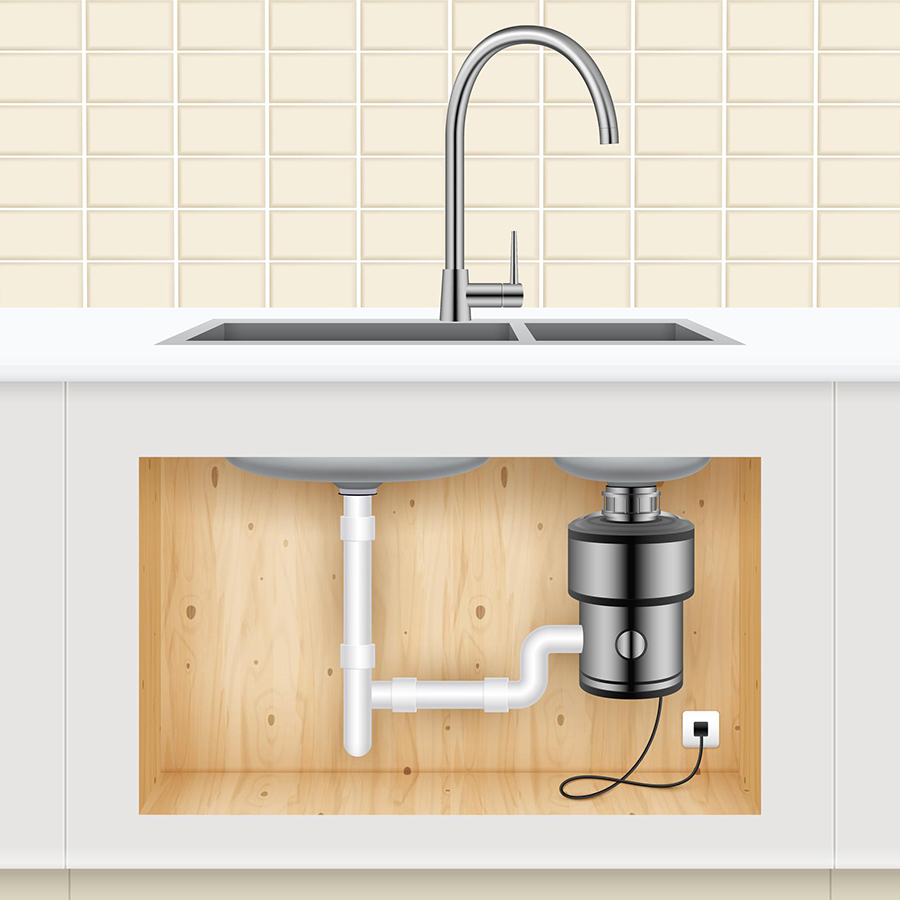
If you suspect that your garbage disposal may be causing issues, it’s important to check it thoroughly.
Firstly, make sure that the power supply to your garbage disposal is turned off before attempting any checks or repairs. Then, use a flashlight to inspect inside and around the unit for any visible signs of damage or blockage.
Next, try manually turning the blades with an Allen wrench (which should have come with your unit). Insert this into the bottom center hole on its underside and turn clockwise until you feel some resistance.
This will help dislodge anything stuck in there.
If these steps don’t solve your problem then call in a professional plumber who can diagnose and fix more complex issues related to faulty disposals such as motor failure or electrical problems.
Tips for Preventing Sink Backups
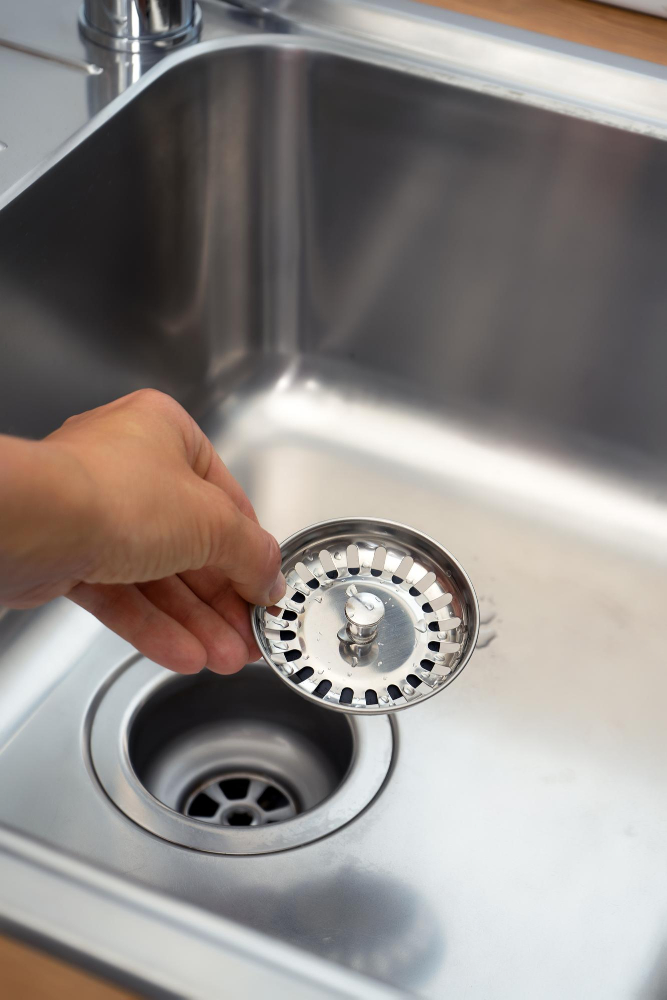
Here are some tips to help you prevent clogs from happening in the first place:
1. Avoid pouring grease or oil down the drain: Grease and oil can solidify inside your pipes, causing blockages that lead to backups.
2. Use a strainer: Place a strainer over your sink’s drain to catch food particles and other debris before they go down the pipe.
3. Run hot water after each use: Hot water helps dissolve any leftover grease or soap scum that may be lingering in your pipes.
4. Don’t overload your garbage disposal: Only put small amounts of food waste into the disposal at a time, and avoid putting fibrous foods like celery or potato peels down there altogether.
5. Regularly clean out your garbage disposal unit by grinding ice cubes with salt.
When to Call a Professional Plumber
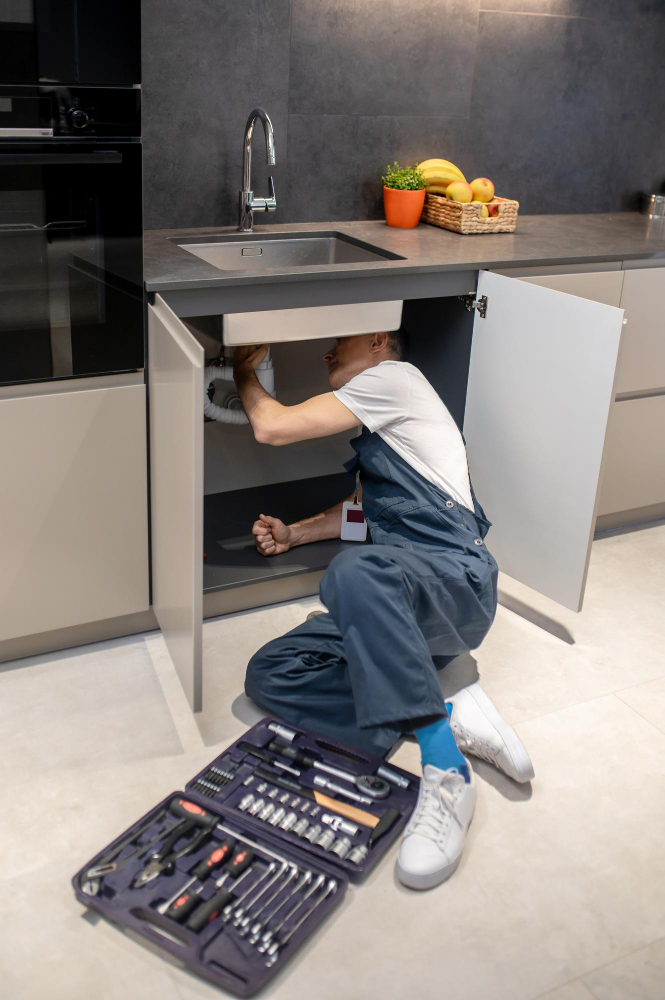
If you’ve tried all the tricks in your arsenal and still find yourself dealing with a backed-up sink, it may be time to call in a professional plumber.
A licensed plumber has the expertise and tools necessary to diagnose and fix complex plumbing issues that could be causing your kitchen sink backups. They can also provide regular maintenance services that will help prevent future clogs from occurring.
It’s important not to ignore persistent or recurring drain problems as they could indicate larger issues within your home’s plumbing system. Some signs that you should call in a professional include slow draining sinks, gurgling sounds coming from pipes, foul odors emanating from drains or toilets backing up into other fixtures.
Identifying Serious Plumbing Issues
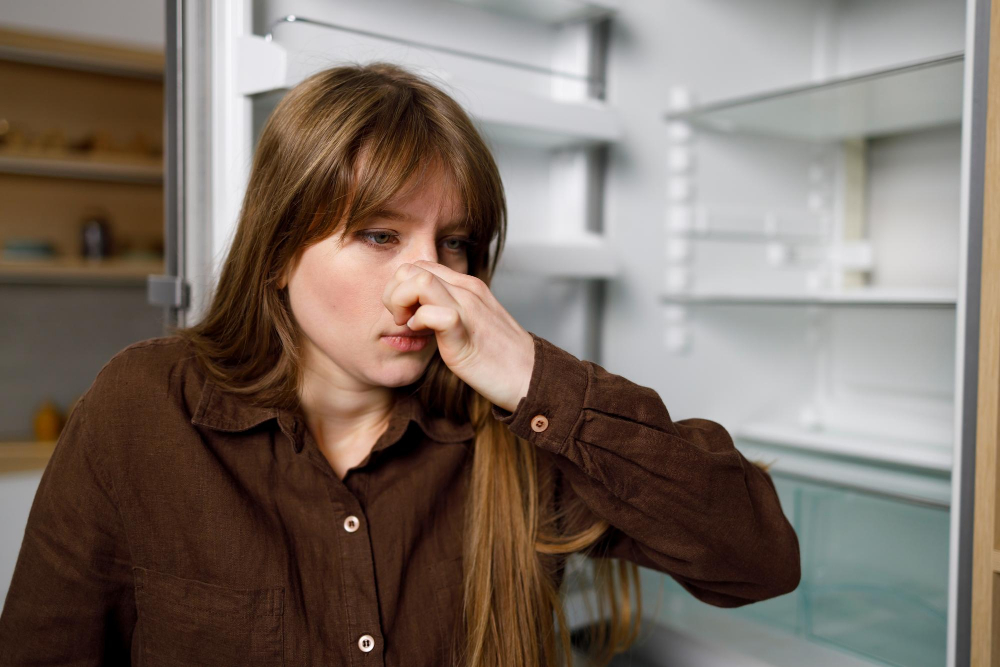
If you notice any of the following signs, it’s time to call in a plumbing expert:
1. Foul Odors: If your sink emits an unpleasant smell even after cleaning it thoroughly, there may be something wrong with your pipes.
2. Slow Drainage: A slow-draining sink is often indicative of clogged or damaged pipes that need immediate attention.
3. Water Backup: When water backs up into other drains or appliances like dishwashers and washing machines, this could indicate serious blockages in the main sewer line.
4. Strange Noises: Gurgling sounds coming from your drain are not normal and could signify problems with venting or air pressure within your plumbing system.
5. Low Water Pressure: Poor water flow from all faucets throughout the house indicates potential issues with supply lines that should be addressed immediately by a licensed plumber.
FAQ
Why is my sink backing up with no clog?
Your sink is backing up with no clog likely due to a plumbing vent issue rather than a clogged drain.
What are the common causes of kitchen sink backups aside from clogs?
Common causes of kitchen sink backups, aside from clogs, include grease buildup, foreign objects, damaged pipes, and garbage disposal issues.
How can I prevent my kitchen sink from consistently backing up?
To prevent your kitchen sink from consistently backing up, regularly clean and maintain drainpipes, avoid disposing of grease, and use a sink strainer to catch debris.
Are there any long-term solutions to address recurring sink backup issues?
One long-term solution to address recurring sink backup issues is to regularly clean and maintain the pipes, as well as avoiding disposing of grease, hair, and debris in the sink.





